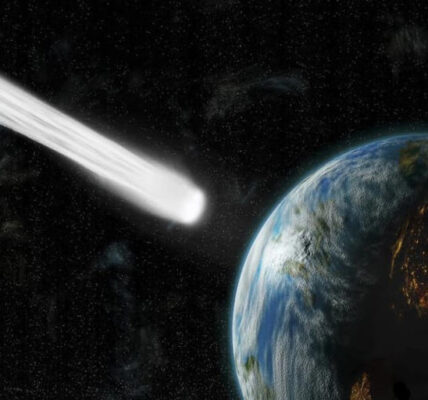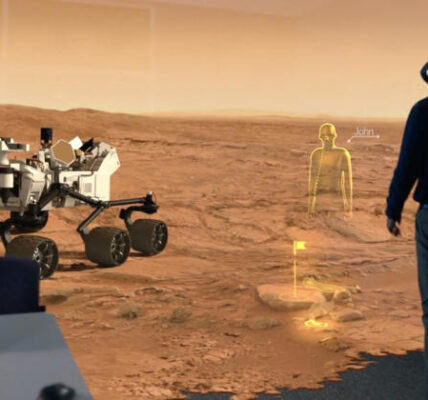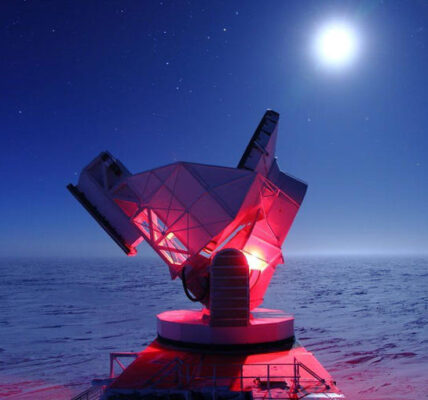Active Mantle Plumes on Venus may prove the planet is geologically alive. New research using old NASA Magellan data uncovers ongoing internal activity shaping Venus’ surface.

Active Mantle Plumes on Venus Reveal a Geologically Active World
Active mantle plumes on Venus are providing new hope for understanding the planet’s mysterious geology. Recent findings from scientists who reanalyzed decades-old NASA data suggest that Venus is far from being a dead planet. Instead, it may still be very much alive—at least in terms of its inner workings.
This breakthrough challenges the long-held belief that Venus is a geologically inactive wasteland. It opens the door to understanding not just Venus itself, but also how rocky planets evolve in general, including Earth.
New Life in Old Data
Back in the early 1990s, NASA’s Magellan spacecraft mapped the surface of Venus using radar. At the time, the mission gave us the most detailed look at the planet we had ever seen. For years, that data sat in archives—until scientists recently took a fresh look and found something surprising.
Researchers studied strange circular features on the surface of Venus called coronae. These large, ring-like structures are thought to form when active mantle plumes on Venus rise from deep inside the planet. As the hot rock pushes up, it warps the crust. Later, as the surface cools, it collapses and leaves behind a corona.
A Stunning Discovery
In a new study published in Science Advances on May 14, scientists ran simulations of how these coronae might form and compared them to Magellan’s data. The match was shockingly close. Out of 75 coronae studied, 52 were found to be sitting above what looks like rising plumes of hot rock.
This strongly supports the idea that active mantle plumes on Venus are currently shaping its surface. Gael Cascioli, a researcher at NASA’s Goddard Space Flight Center and co-leader of the study, said the team “could hardly believe our eyes” when they saw how well the simulations lined up with the actual surface data.
What Are Mantle Plumes and Why Do They Matter?
Mantle plumes are large areas of very hot rock rising from deep inside a planet’s interior. On Earth, they are responsible for volcanic activity in places like Hawaii and Iceland. If active mantle plumes on Venus exist today, it means Venus has a hot, moving interior and a crust that is still responding to it.
This is exciting because it hints at the possibility of ongoing volcanic and tectonic activity on Venus, despite the lack of Earth-style plate tectonics. In simple terms, the planet is not just a hot rock floating in space—it’s active and changing.
A Thin and Dynamic Crust
One key finding is that Venus’ crust is probably thinner than previously believed. The study suggests that the crust in some places is less than 40 miles (65 kilometers) thick. That’s incredibly thin, especially when you consider the planet’s harsh surface conditions, including temperatures hot enough to melt lead.
According to Justin Filiberto from NASA’s Astromaterials Research and Exploration Science Division, this thin crust may actually break off or melt in some regions. This process could recycle materials like water and minerals back into Venus’ interior—just like Earth’s plate tectonics do in a different way.
These processes help explain how active mantle plumes on Venus could be continuously reshaping its surface and even influencing its thick, toxic atmosphere.
Why Venus and Earth Took Different Paths
Venus and Earth are often called sister planets because they are about the same size and formed under similar conditions. Both had water early in their histories. But while Earth developed oceans and life, Venus turned into a dry, burning desert with clouds of sulfuric acid.
Understanding why Venus turned out so differently has always been a big mystery. The presence of active mantle plumes on Venus offers an important clue. It suggests that the planet’s interior is still churning and could have played a major role in shaping the planet’s surface and atmosphere over billions of years.
Some scientists believe that Earth might have gone through a similar stage early on, before developing its current system of plate tectonics. So studying Venus might also help us understand more about our own planet’s past.
What’s Next: Future Missions to Venus
The discovery of active mantle plumes on Venus comes at a perfect time. NASA and the European Space Agency are preparing to launch a series of new missions to Venus over the next decade:
-
VERITAS (Venus Emissivity, Radio Science, InSAR, Topography, and Spectroscopy) will map Venus’ surface in greater detail than ever before. It will help identify recent volcanic activity and search for signs of surface movement.
-
DAVINCI (Deep Atmosphere Venus Investigation of Noble Gases, Chemistry, and Imaging) will send a probe through Venus’ thick atmosphere in 2029. It will study the chemical makeup and provide close-up views of the surface.
-
EnVision, a mission from the European Space Agency, will launch in 2030 and provide high-resolution radar images of the surface to study both volcanic and tectonic features.
These missions are expected to confirm whether active mantle plumes on Venus are truly ongoing today, or whether they are remnants of more recent geological history.
Why This Discovery Matters
Finding evidence of active mantle plumes on Venus doesn’t just change how we view Venus—it changes how we think about rocky planets in general. It tells us that even planets without Earth-like tectonic systems can still be geologically active.
This also has big implications for the search for life on other planets. If internal activity can continue without plate tectonics, then more planets—possibly even exoplanets—could stay warm and dynamic for billions of years.
Conclusion
The discovery of active mantle plumes on Venus is one of the most exciting developments in planetary science in recent years. It shows us that Venus, long thought to be geologically dead, may still be very much alive beneath its harsh surface.
With several missions on the way, we are on the edge of a new era in our understanding of Venus. These findings could not only transform how we see our closest planetary neighbor but also offer new insights into the early days of Earth and the dynamics of planets across the universe.
Related:
“ASKAP J1832-0911 Deep Space Signal Triggers 5 Terrifying Theories”





The website design looks great—clean, user-friendly, and visually appealing! It definitely has the potential to attract more visitors. Maybe adding even more engaging content (like interactive posts, videos, or expert insights) could take it to the next level. Keep up the good work!